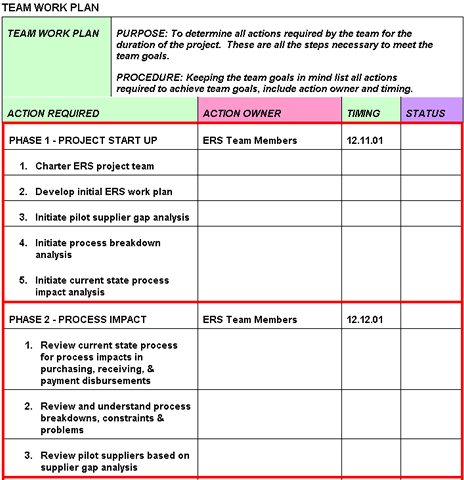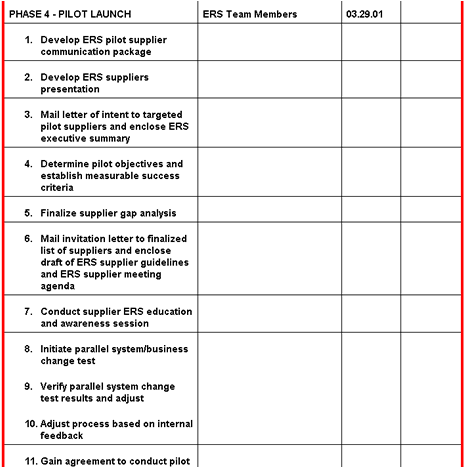Develop
Description
| This section assists the Team Leader in developing and completing a Team Charter. The Team Charter contains: 1) The context statement and purpose which communicate the problem or situation that is causing impact and explains the necessity for developing a team. 2) A Company Opportunity and Benefits statement that communicates the opportunity for the team or organization. 3) Team Goals. 4) Team Scope. 5) Team Project Assumptions and⁄or Constraints.The Team Leader will decide: How and by whom valid and implementable decisions will be made in the meeting. Who the Process and Resource Owner(s) critical to the project are. A plan containing a deliverable schedule. Team Roles and Responsibilities for the chartered team and Create a Team Meeting Schedule. Process Flow Diagram
Procedures |
Roles and Responsibilities
|
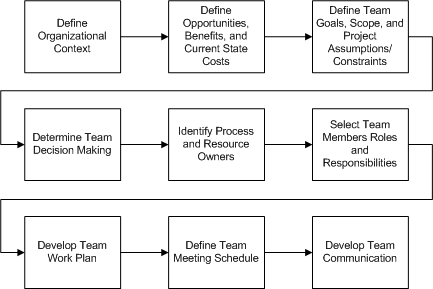
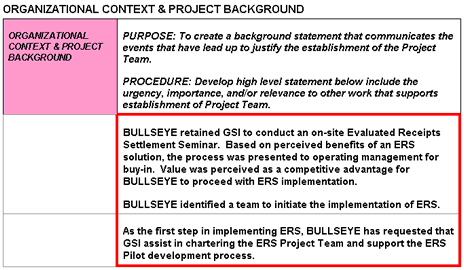





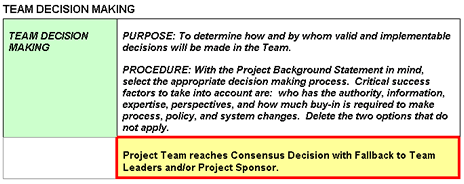
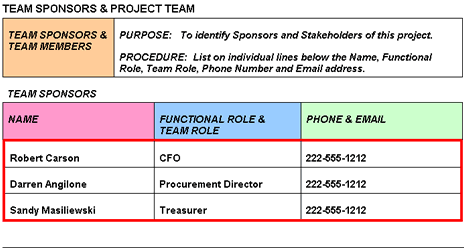
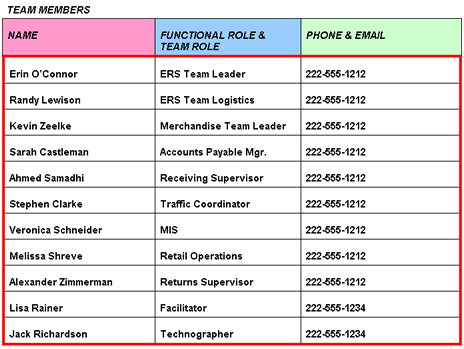
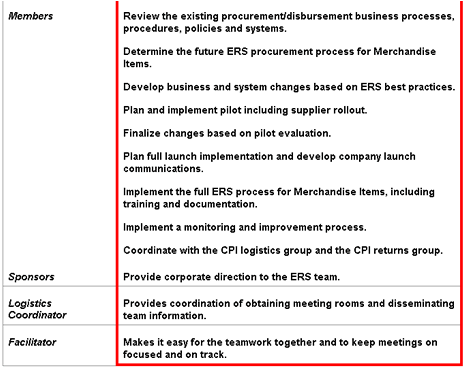
 Roles & Responsibilities Presentation
Roles & Responsibilities Presentation